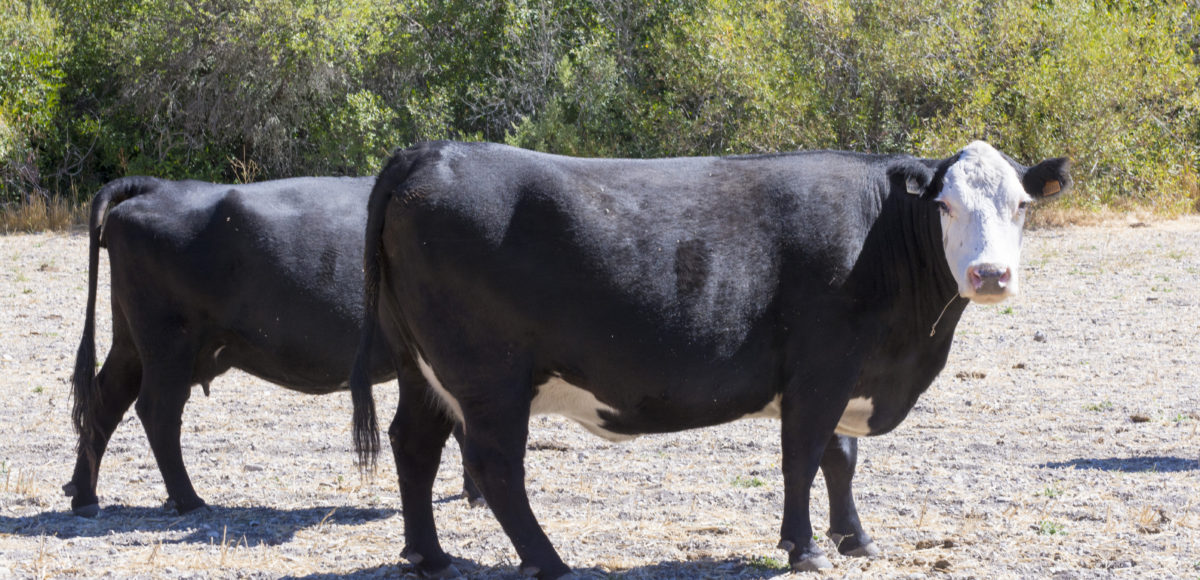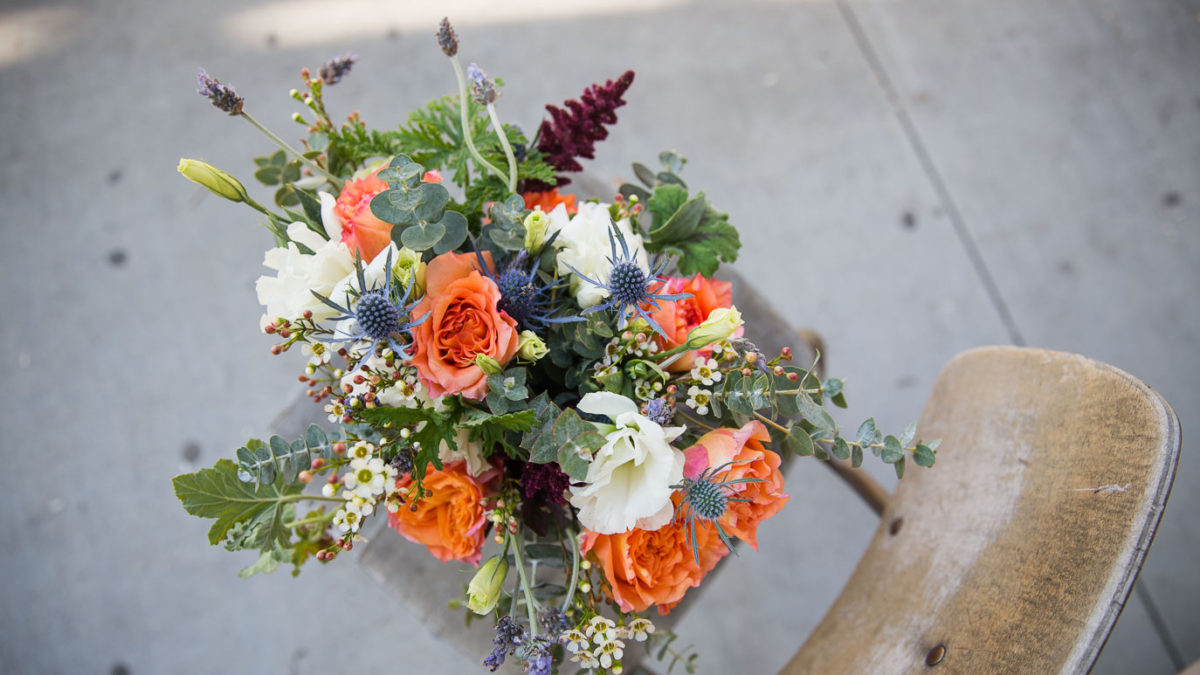The current drought in Southern California is the longest in recorded history. What does a rancher do when she has 50% less cattle to raise and sell?
E
lizabeth Poette is a sustainable, pastured cattle rancher in Lompoc, CA where on this October day, the heat and sun are intense, and the earth is very dry and brown. Because of the drought, Elizabeth had to make the difficult decision to cut the amount of cattle she is raising at Rancho San Julian in half. HALF!
It was important to keep as many mother cows as possible - that is Rancho San Julian's genetics and part of the equation for producing high quality, 100% grass-fed beef - but that meant that a lot of the beef program cattle had to be let go, sold to other farms, because there is not enough food on the hills to feed them all. With less cattle on the pastures, there is less beef to sell to customers.
It’s so hard to do the right thing in food, and make money. Here I am running out of beef. That’s not the best business plan… that’s not cool. But we have standards, and we stick to them, and that’s that. And so, we make other things work, and have other projects. — Elizabeth Poett
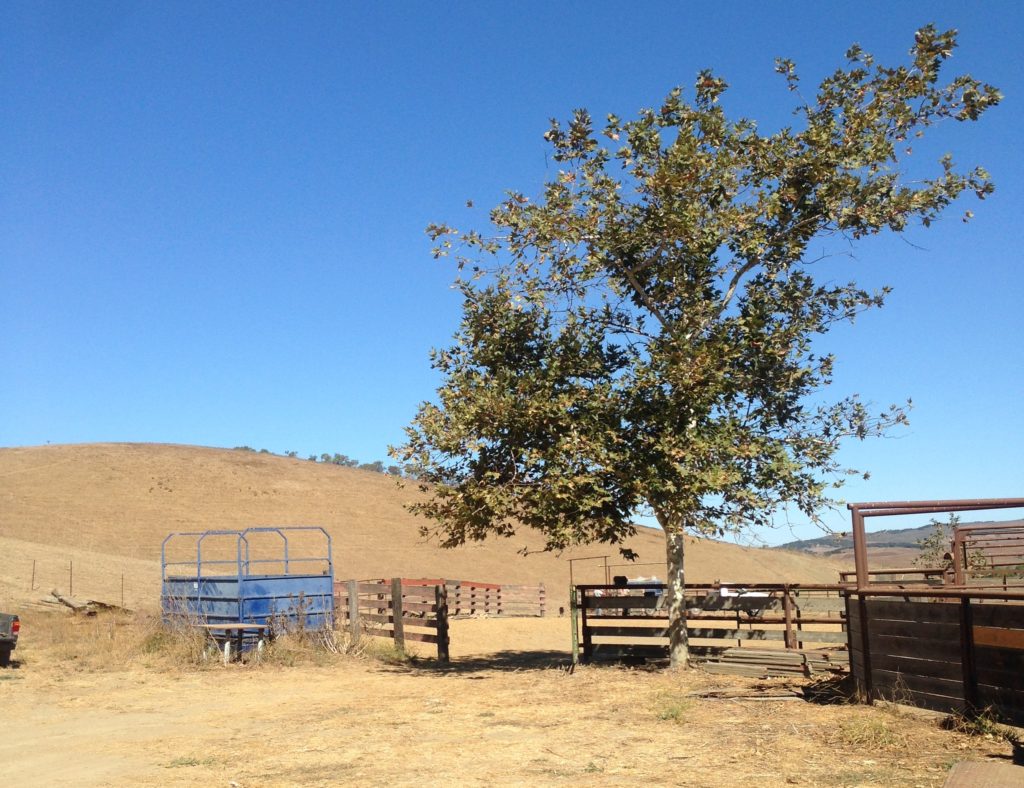
W
hat does a rancher do when she's got 50% less cattle to raise and sell? She makes other things work, and has other projects. One such project is the Rancho San Julian farm.
Rancho San Julian is one of the last great Spanish-Mexican land grants that remains in the family of the original grantee. Established in 1817 under the management of the Presidio of Santa Barbara as a source of meat and income for the presidio soldiers, Elizabeth is the 7th generation of ranchers who have lived and raised cattle on this land.
We are greeted by Elizabeth along the old stage coach road that runs right through the ranch, then joined her son Hank in the front yard of the old adobe house built in the early 1800s. Our tour begins in the house, in the cowboy's dining room. Now used for meetings and weddings, this is the room where cowboys working on the ranch would dine on food grown in the garden and prepared by their Chinese chef.
We walk from the dining room through the rest of the house. The rooms seem untouched by time, all beautiful and containing little historical treasures like a grocery bill from 1896 that hangs on the wall in the kitchen. We exit through a side door and are lead toward the garden.
Managed by biodynamic farmer Chris Thompson, this year’s garden was a bit smaller than usual due to the lack of water, but produced wonderful produce including tomatoes, kale, red and yellow watermelon, onions, garlic, eggplant, squash, figs, table grapes, apricots, and strawberries. Much of what is grown in the garden is sold at local farmers markets and to CSAs, and Elizabeth and her sons often come to the garden to gather produce for their meals.
Farmer Chris also creates biodynamic compost from the vegetable scraps and manure the farm produces. It is sold and delivered to other farms and wineries throughout Santa Barbara County.
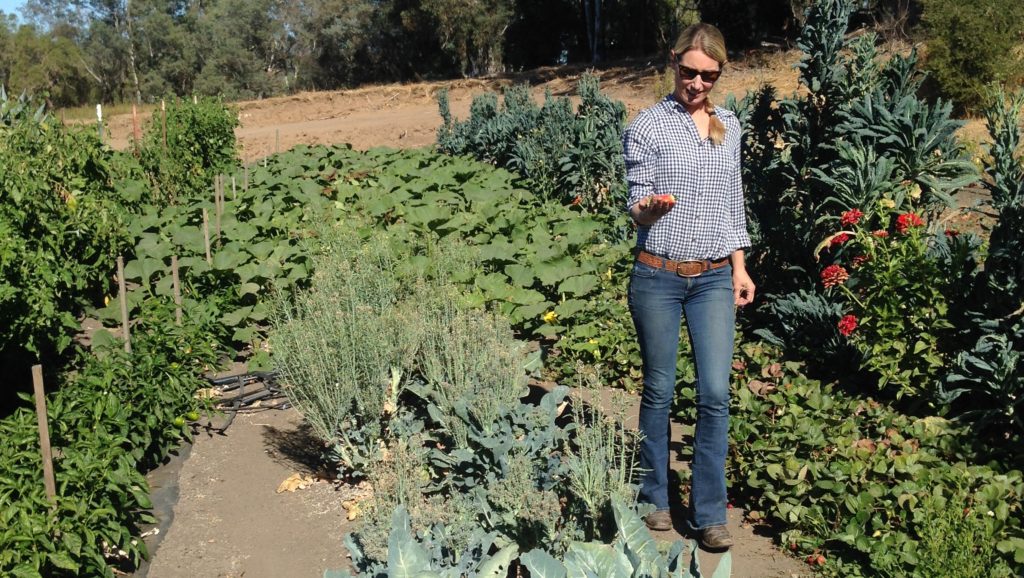
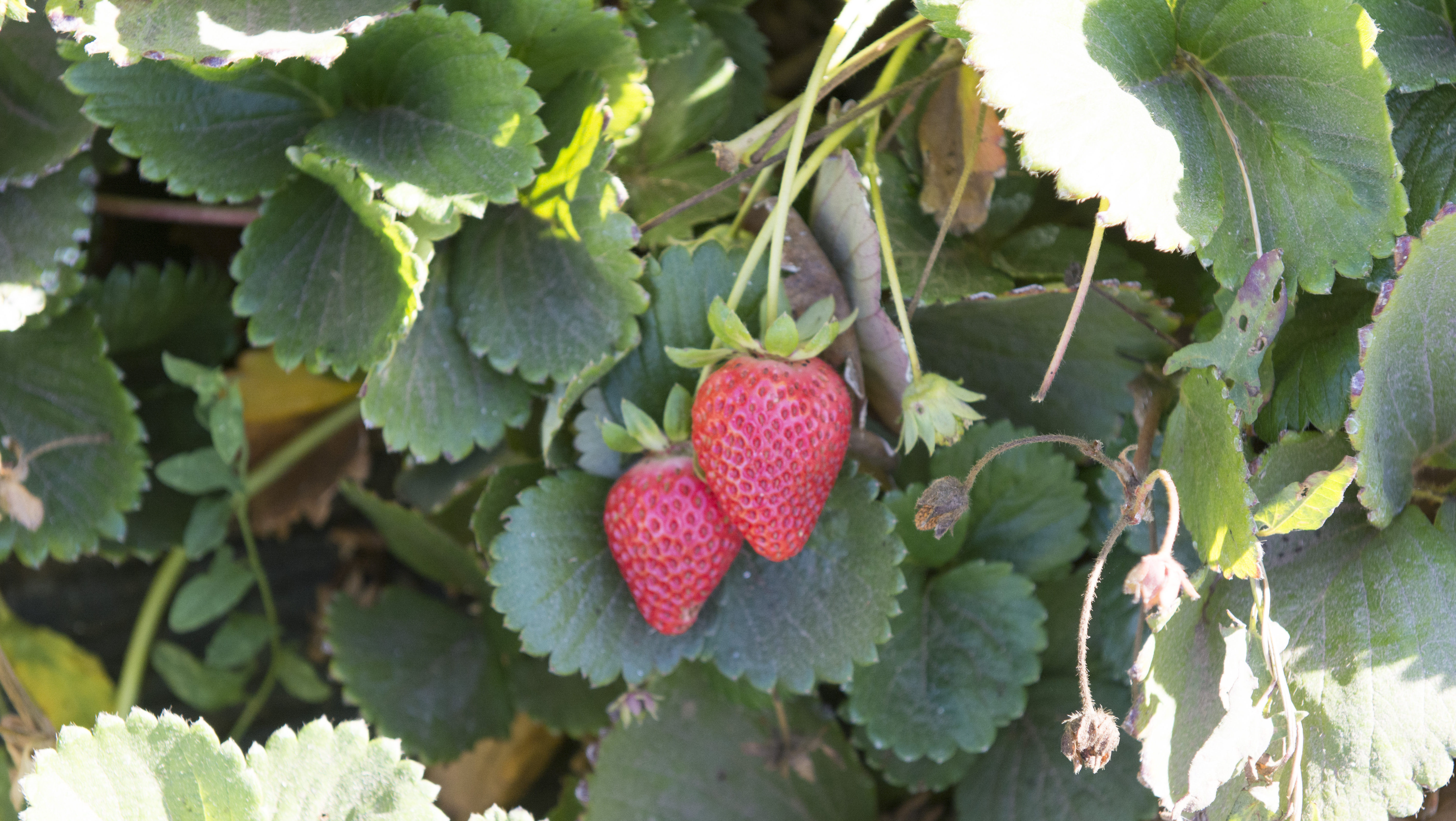
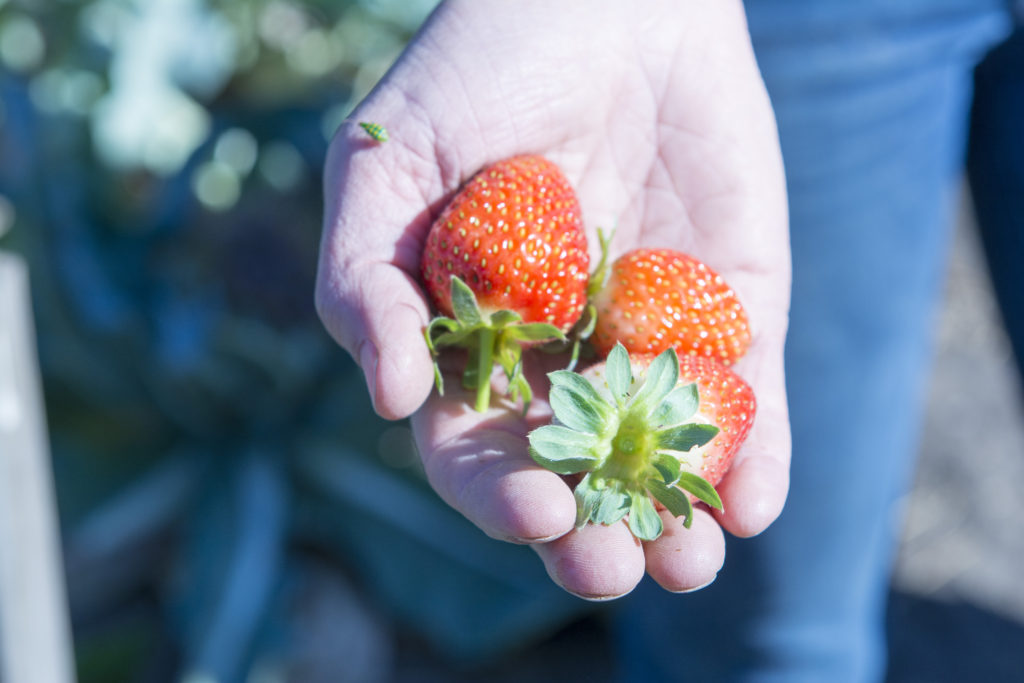
Freshly picked strawberries to enjoy as we walked through the garden.
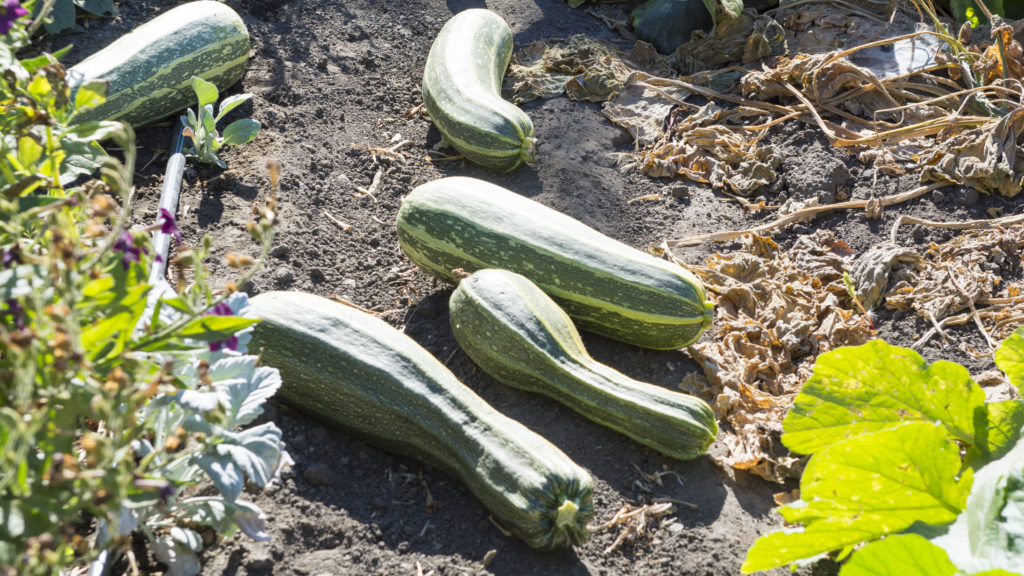
Costada Romanesco Squash
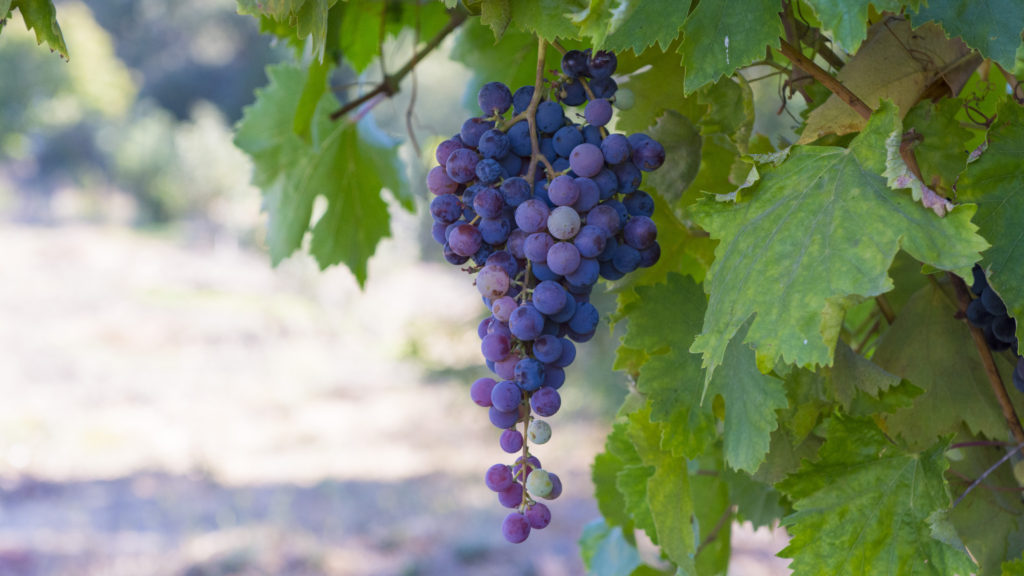
Table grapes growing on the ranch for the first time this year.
A
short walk from the vegetable patches, we find the apricot orchard and a small field of bright pink roses that have the most beautiful smell!
The roses are a project started by a Frenchman who planned to create perfume, but subsequently turned out to be not such a great farmer. Elizabeth's father purchased the plants from the gentleman and now plans to care for them and distill them, along with the fields of lavender he's been growing and distilling for many years.
From the garden we ascend down the dirt road that brought us into the ranch, past a pond, and to a large field of dry-farmed heirloom melons. Jerry, a retired farmer who use to manage Rancho San Julian's Lima Bean crop now grows these melons for fun, and for Elizabeth to sell at local markets.

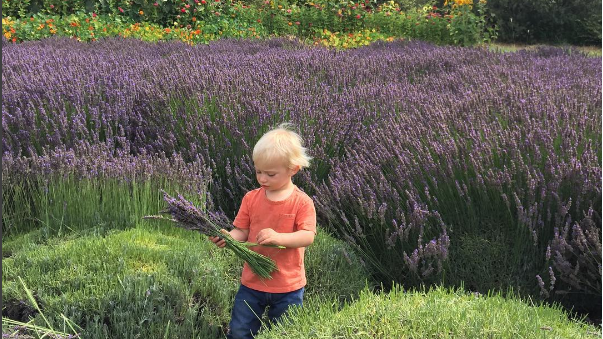
The melon seeds came from Japan after World War II, are saved every year, and amazingly need no real human intervention other than the hand that plants them. Elizabeth seems genuinely amazed at how Jerry, or rather these seeds, are able to produce such delicious melons year after year.
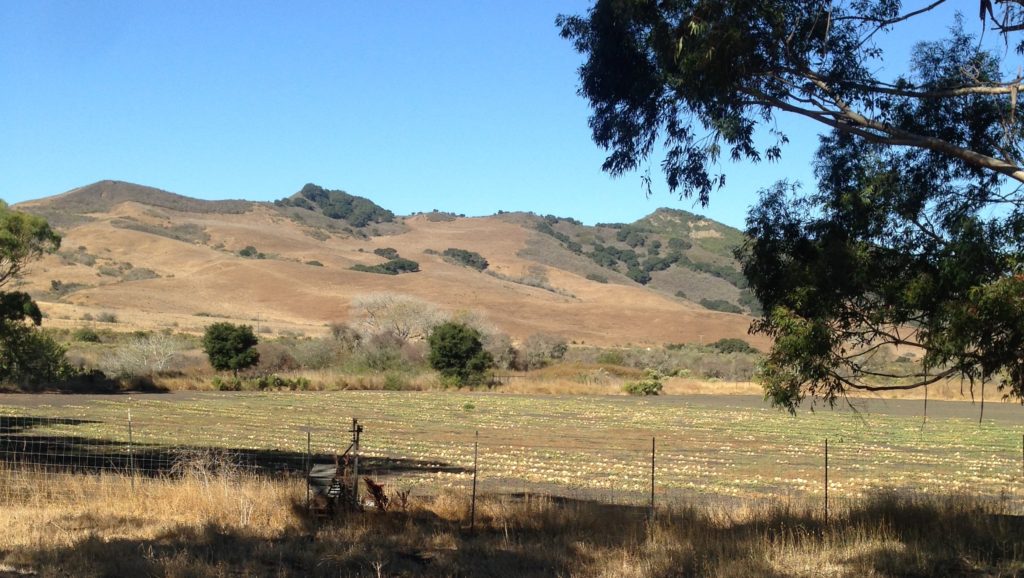
He plants the seeds in the field, and they grow. There is absolutely no water used, and they are really spectacular!
A
cross the road from the melon field is a large, beautiful, white barn full of hay and some farm equipment. Farmer Chris Volla grows the hay on the ranch in order to feed Elizabeth's herd when there is no fresh grass on the pastures.
In addition to the hay, Chris grows and processes a large crop of Lima Beans for Rancho San Julian. We stopped in the barn to feel the enormity of the piles of hay Chris has produced, then hopped into Elizabeth's pickup truck and took a short drive to the bean field.
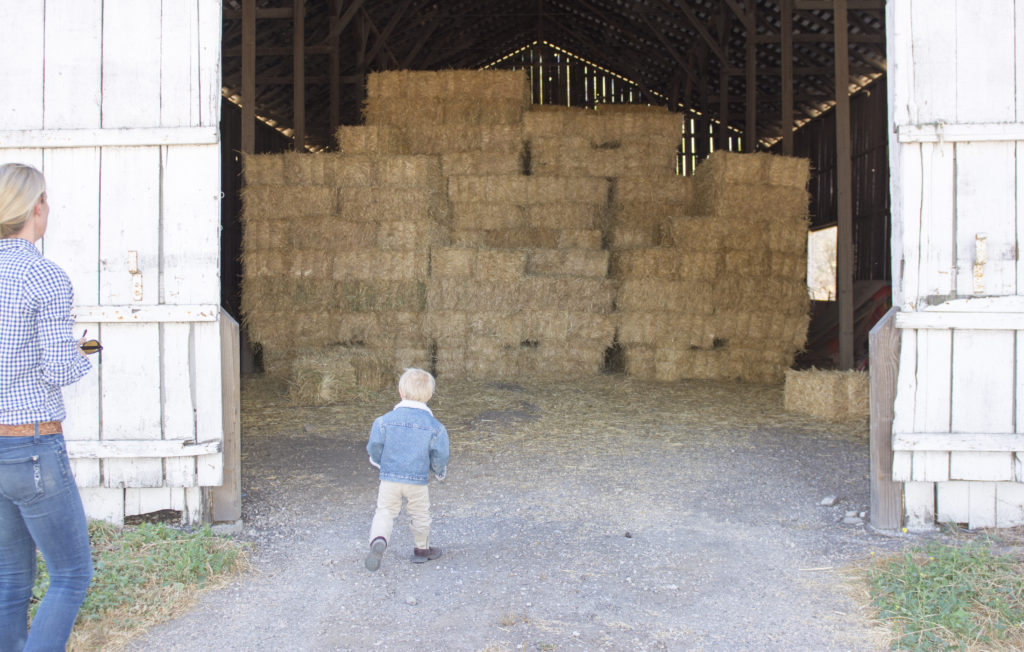
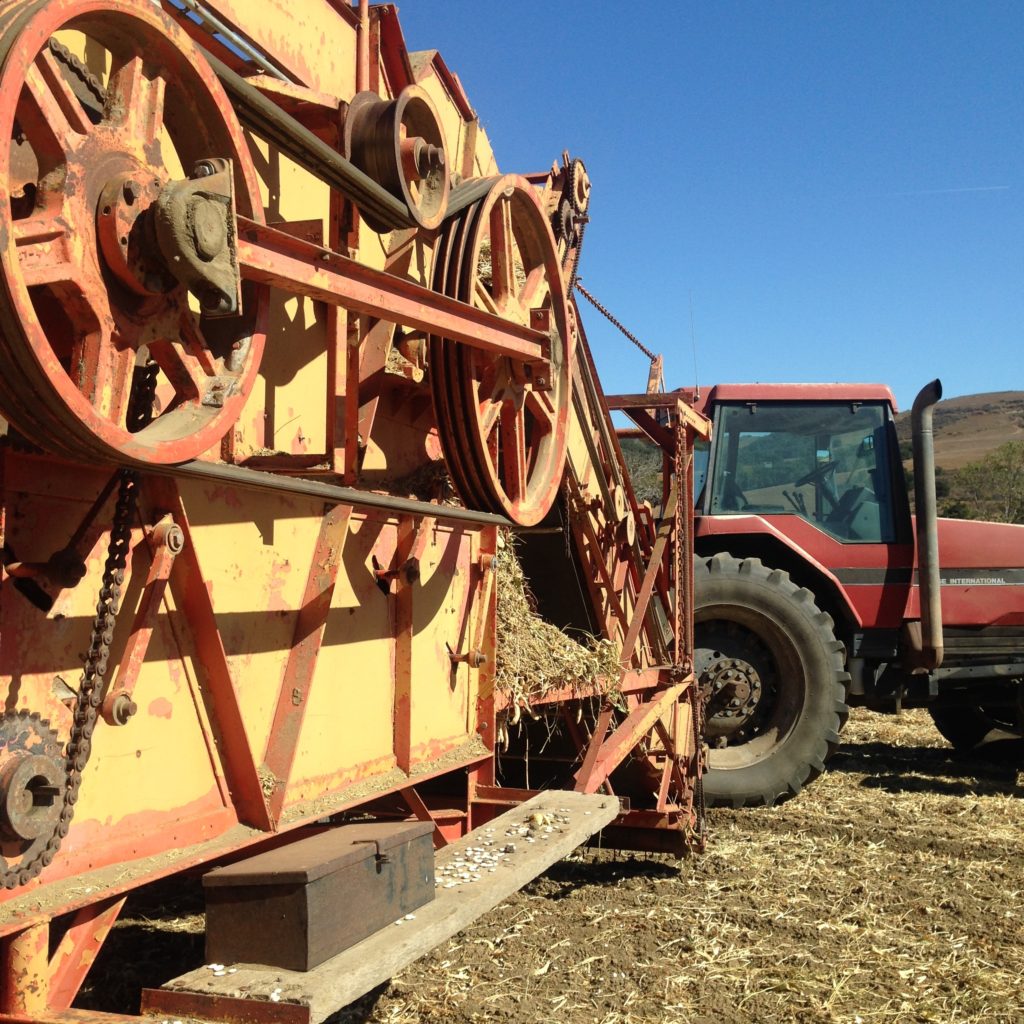

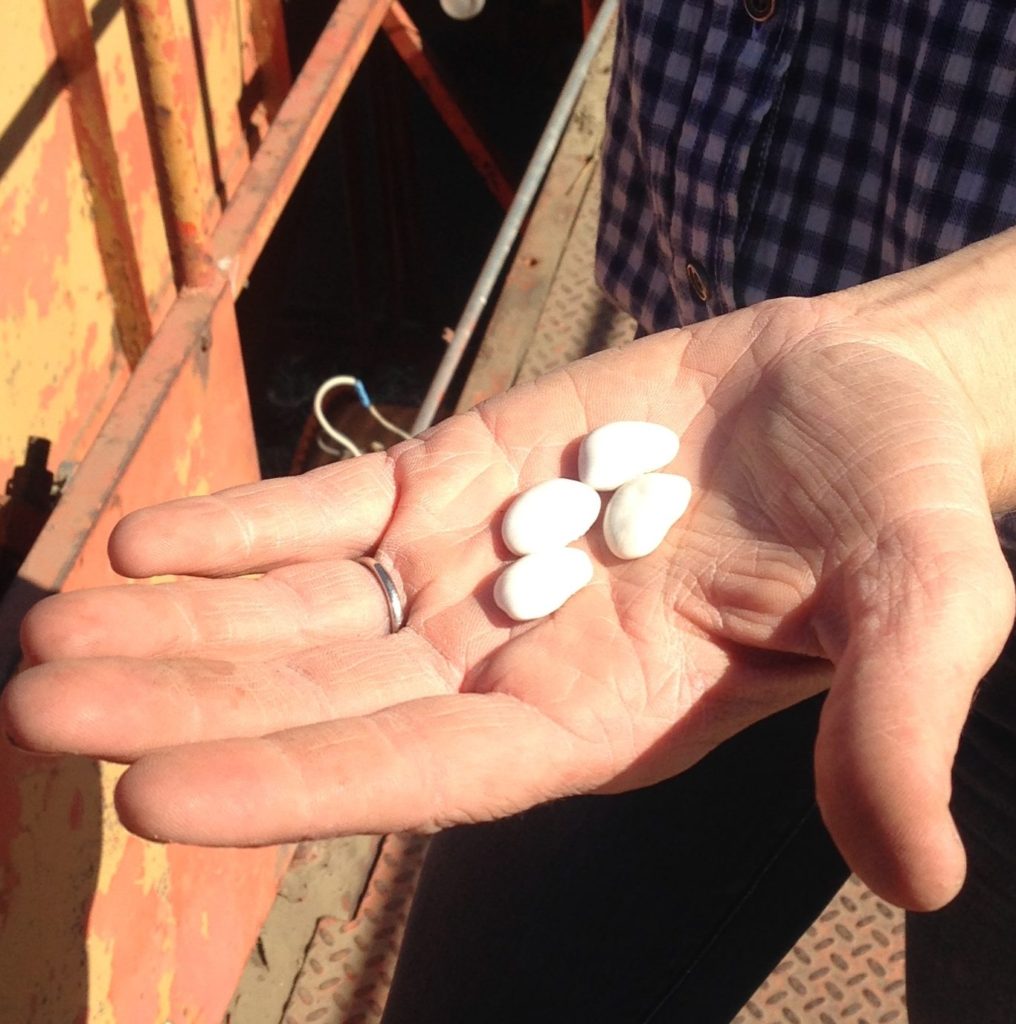
Just a few days before our visit the lima beans had been harvested and were awaiting transport to the bean mill. The machinery, and beans were still in the field, and Elizabeth filled us in on how the whole process works.
This giant machine on the left is called a harvester. The harvester is pulled through the field by a tractor and grabs each individual plant from the ground as it goes. The plant is sent upward within the machine where it is separated from the bean pod, then the beans are shelled and sent into the large trailer being pulled behind the harvester. It's like a rather short, rather loud, very efficient farm train.
We climbed to the top of the harvester to get a first hand look at the huge mounds of beans. From here, the beans will be taken to the mill where they are sorted to remove dirt, rocks, bad beans, and beans that aren’t the 'right size'.
All of this, is what a rancher does...
in addition to raising cattle according to her very high standards, to help ensure the ranch survives drought and other unforeseen issues with its primary business.
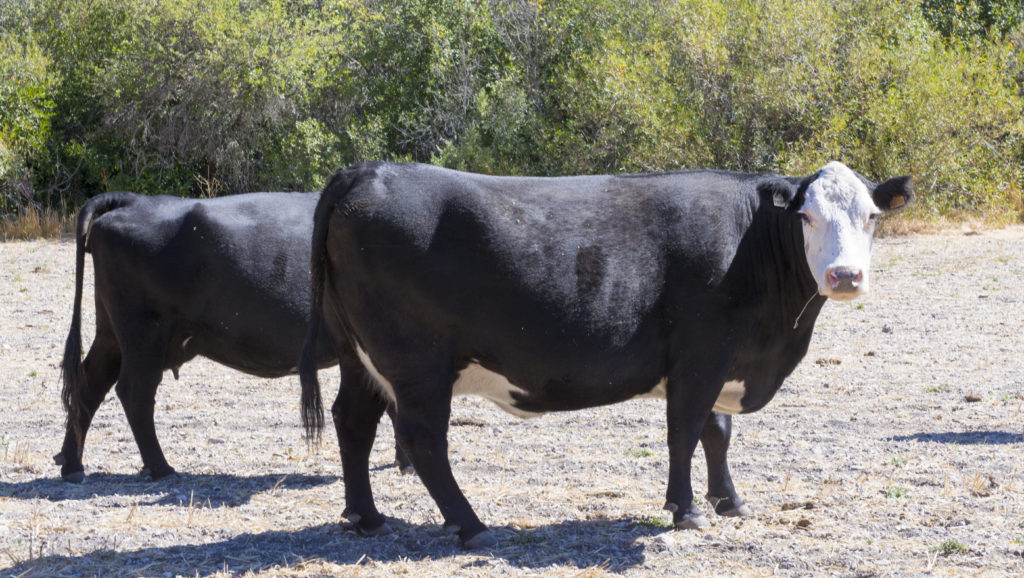
Her family and their team grows and sells a diverse mix of crops at farmers markets, to CSAs and to packing houses; they produce and sell compost; they grow and distill lavender and roses; they grow and store hay to ensure the cattle that remain on the ranch are well fed; they keep the grounds beautiful for visitors, weddings and events.
Each of these small businesses within Rancho San Julian help to keep it alive and enable Elizabeth's family to continue to raise cattle on the land that was granted to them centuries ago.
These projects aren't new to the ranch. Some, like the garden, have been working since the 1800s and will continue to be part of the daily ranch life in years of drought and years of abundant rain to help ensure its longevity.
If we desire high quality, sustainably raised, grass-fed beef from Elizabeth and others like her we must ask: How can I help? If I can't buy her beef, what can I do to support her and to help ensure that there will be beef come next Spring?
The answer is to support her other endeavors, and to be there at the markets, ready to purchase when she returns in the Spring.
Photos by: Aliza J. Sokolow



